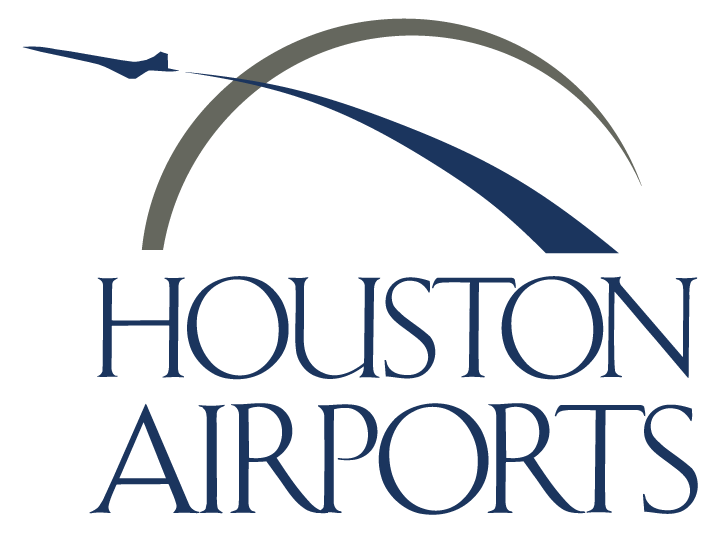Loading
CAPA Americas Aviation Summit
Houston, United States of America
16-17 Apr 2018
Day 0: 15 April 2018
| 18:00- 20:00 |
Welcome Reception at the Hilton Americas-Houston Hotel Hosted by Houston Airports
|
Day 1: 16 April 2018
| 08:00 | Registration |
| 09:00 | Chairman's Welcome |
| SESSION 1: AVIATION OUTLOOK | |
| 09:05 | Host Welcome Houston Airports, Director of Aviation, Houston Airport System, Mario Diaz |
| 09:15 | CAPA Aviation Outlook to 2020: Key issues in the US domestic and international aviation markets CAPA - Centre for Aviation, Executive Chairman, Peter Harbison [Download Presentation] |
| 09:40 | Panel: The US domestic airline system is broken. Can it be fixed? As aviation infrastructure - on the ground and in the air - appears stuck in a time warp, the future of US domestic aviation looks perplexing. Funding for airport improvement, in what the President has described as often "third world" airport standards, has not been forthcoming. Despite much talk, there appears to be little progress towards finding adequate methods or resources to supplement an already complex funding system, compounded by federal-state bickering and taxes that are both unhelpful and unproductive. Air Traffic Control financing has been a political football for years and, despite universal agreement on the need for radical improvement, little traction is being achieved. These constraints inevitably impact on market access, and in turn on the competitive environment in congested markets. Eximbank funding has also suffered from political duelling, at the same time as foreign Export Credit Agencies have remained active. And, although international financing conditions have fortunately remained reasonably benign, US OEMs are placed at a disadvantage for no sound reason. Meanwhile too, many medium sized communities have become disconnected as airline consolidation has reduced them to outposts, impacting their local economies. At a time when aircraft orders are booming and the US airline industry is more profitable than it has ever been, the time is ripe for a more comprehensive look at the overall system to make sure it better fits the needs of the industry, consumers and local communities. The discussion will seek to draw out the key underlying problems with today's system and look to ways of "fixing" it. For example:
Panel:
|
| 10.25 | CAPA Product Update CAPA - Centre for Aviation, Senior Analyst, The Americas, Lori Ranson [Download Presentation] |
| 10:30 | Coffee Break & Networking |
| SESSION 2: HIGH GROWTH MARKETS: ASIA AND LATIN AMERICA | |
| 11:00 | Exploiting the regulatory toolbox in higher growth markets: JVs, equity ownership, alliances, codeshares, sixth freedom partnerships… The US majors understandably prefer to focus efforts on the lucrative domestic market and on international routes where it is possible to exert dominance, either bilaterally or for example through closed, immunised JVs, with or without equity ownership. The high growth markets of the next decade tend not to offer the same level of commercial certainty, so new strategies are needed if the US airlines are to tap these opportunities. Paradoxically, these seem likely to depend on continuing liberalisation of the market place. |
| 11:00 | (1) Serving Asian markets Asia's airlines are continuing to embark on what they consider to be once-in-a-lifetime long haul growth. Nowhere is this more significant than in mainland China, whose airlines have been busily opening over 100 new intercontinental destinations since 2006. Japan too remains a key market, still retaining a strong proportion of premium travel and relatively high leisure yields. Under the US-Japan open skies regime, JVs can be forged - at least between the respective oneworld and Star Alliance partners. But in the US-China market, where Chinese carriers dominate, lack of progress with open skies discussions and patchy relationships between both countries' respective airlines could put Chinese growth plans in check. There has been some move to acquire equity holdings in Chinese major airlines, with American into China Southern and Delta linking China Eastern into an intriguing mènage à quatre with Virgin Atlantic and Air France-KLM.
Panel:
|
| 11:45 | (2) Serving Latin American markets Latin America has long been the backyard for US airlines of all sizes. As a high potential growth market, its outlook is quite different from the Asian profile. Already US airlines have secured significant equity holdings and partnerships, in attempting to subdue some of the more difficult elements of competition.This has been possible as several key Latin American countries, such as Mexico, Brazil, Chile and now Argentina have adopted relatively liberal aviation policies. Ownership and control and foreign equity ownership have been significantly relaxed in several cases. Only a small number of states including those of central America have resisted this trend. As the main Latin economies emerge from the difficult times they have experienced in this decade, there is the potential for US airlines to establish even stronger ties
Moderator: IATA, Regional Vice President, The Americas, Peter Cerdá
|
| 12:25 | Travelport Introduction to Lunch Travelport, Vice President Americas, Air Commerce, Michael Douglass |
| 12:30 | Lunch Break & Networking Hosted by Travelport
|
| SESSION 3: NORTH AMERICA | |
| 13:30 | Finding a new regime on the North Atlantic - as regulatory and operating norms change According to IATA, the North Atlantic provides the world's most profitable major international traffic flow. It is also the most tightly held, with three groups effectively controlling over three quarters of the seats and the bulk of the premium market. After several years of open skies on the North Atlantic and the introduction of LCCs such as Norwegian in its various incarnations, the impact of Brexit now requires a renegotiation of the agreement to restore the UK to open skies once it leaves the EU. The major JVs depend on open skies for them to gain anti-trust immunity to operate in the UK market, the largest premium route. This will not be straightforward, as for example US pilot unions have opposed the freedom it provides for airlines to establish there. Aside from the UK there are many untapped opportunities for LCCs. New aircraft types are providing route opportunities that were not previously viable, for non-stop and one-stop service between Europe and the US (and Canada).
Moderator: McGill University, Professor of Law, Brian Havel
|
| 14:15 | All's fare in love and war: is aggressive pricing a new competitive reality? Bankruptcy and subsequent consolidation have delivered the majors a low cost base and strong market positions, especially at their main hubs. But a combination of lower fuel prices and a resurgence of low price competition has created downward pressures on yields over the past year. These may be recoverable, but there is a constant threat of ULCC entry on city pairs that have been lost as major airlines consolidated – a network phenomenon that occurred in Europe and Asia as LCCs have successfully gained dominant positions. Compared with other developed regions there is relatively lower connectedness for medium sized airports since consolidation. As those airports (and their local economic interests) become more aggressive in their marketing activities, and as ULCCs expand, a new network and pricing dynamic will appear. Unlike their Asian and European full service peers - who are much more exposed to LCC pressures - US airlines have not resorted to establishing low cost subsidiaries. Instead they have used various pricing strategies on their mainline operations. To date this appears to have been successful. As low cost competition grows and the majors’ cost bases rise, this may call for new responses.
Moderator: ICF Aviation, Principal, Carlos Ozores
|
| 14:55 | Airlink Presentation Airlink, Executive Director, Steven Smith [Download Presentation] |
| 15:00 | Coffee Break & Networking |
| 15:30 | Should the US relax foreign ownership rules for domestic airlines? The US applies one of the most restrictive regimes for foreign ownership of airlines of any developed country. While there is a great deal of rhetoric surrounding the reasons for this, there has not been a great deal of empirical evidence that it is in the national interest - or even that of the incumbent domestic airlines themselves. One argument sometimes raised is that in times of strategic emergency a largely foreign owned airline might not be available for national uplift. Pilot and other unions have been particularly strenuous in their opposition to increased foreign ownership. Here again there appears to be no generic reason for their resistance to change, other than unsubstantiated claims of the possibility of lower paid workers being introduced. Meanwhile some US airlines have taken advantage of other countries' rules to acquire up to 49% of their national airlines in order to strengthen their market position.
Moderator: Holland & Knight, Partner, Anita Mosner
|
| 16:30 | How can airports attract new air services - and differentiate their attractiveness? In recent years airports around the world have become much more active participants in the aviation equation. They have engaged airlines at the network planning level and, often together with local business and tourism interests, offered incentives for new air services. The advent of smaller wide and narrow body aircraft also are suddenly introducing new prospects, long and short haul, introducing city pair opportunities that would never have been viable in the past. Inevitably geographic position plays a large part in an airline's decision whether or not to fly to an airport, but there are many other factors at play. In the US, a large number of airports have suffered reduced service post-consolidation and are actively seeking both domestic and international airlines to rebuild their traffic. There can be extensive synergies between domestic and international operations in terms of locking them in for the long term, so the process of attracting new business can require sophisticated market solutions. Some of the new "experimental" international routes in particular can be fragile, as has been illustrated recently. Differentiating the offering is one aspect. Aside from ensuring they have the appropriate facilities, fee structure and services to meet the needs of their airline customers, there is huge untapped potential for airports to share data and co-operate commercially with airlines for mutual benefit; this could prove a key factor in attracting and retaining carriers assessing the viability of a new route.
Moderator: InterVISTAS Consulting, Executive Consultant, Sonjia Murray
|
| 17:15 | Chairman's Wrap |
| 17:20 | End of Day 1 Sessions |
| 19:00 | Dinner Reception Hosted by Houston Airports  |
